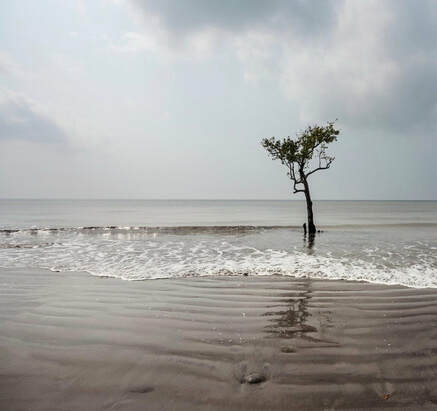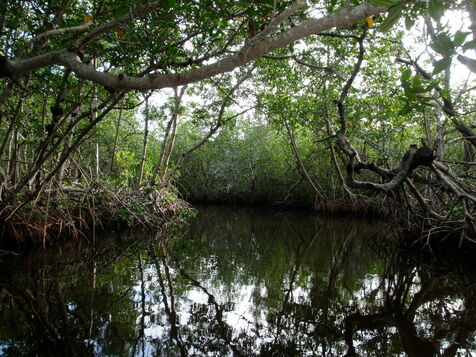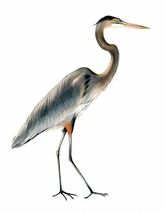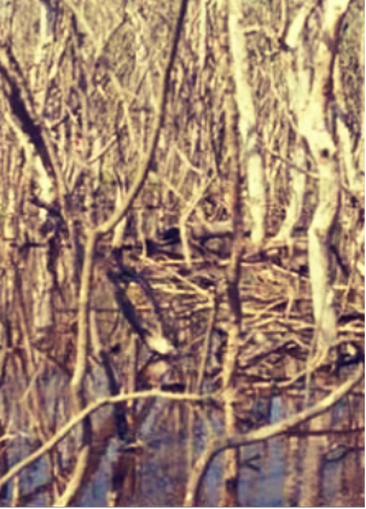.
Mangroves Are Priceless and Protected in Florida
 Andrea Frazzetta, New York Times, photographed the last standing mangrove in Kuakata, Banglasdesh in a once-thick forest devoured by ever-fiercer storms and advancing tides.
Andrea Frazzetta, New York Times, photographed the last standing mangrove in Kuakata, Banglasdesh in a once-thick forest devoured by ever-fiercer storms and advancing tides.
Mangroves provide essential services and are protected by the State of Florida. In the world, more than 35% of the world’s mangroves are already gone. The figure is as high as 50% in countries such as India, the Philippines, and Vietnam. In the Americas they are being cleared at a rate faster than tropical rainforests.
Florida has more than 50 species of native trees. Best known to us are the red mangrove (Rhizophora mangle),the black mangrove (Avicennia germinans) and white mangrove (Laguncularia racemose.
Mangroves are tropical plants that are adapted to loose, wet soils, brackish water, and being periodically submerged by tides. Four major factors limit their distribution: climate, water salinity, tidal fluctuation, and soil type.
Mangroves contribute significantly to Florida’s coastal county-economy.
Up to 85% of the seafood we eat depends upon mangrove ecosystems that. . .
Florida has more than 50 species of native trees. Best known to us are the red mangrove (Rhizophora mangle),the black mangrove (Avicennia germinans) and white mangrove (Laguncularia racemose.
Mangroves are tropical plants that are adapted to loose, wet soils, brackish water, and being periodically submerged by tides. Four major factors limit their distribution: climate, water salinity, tidal fluctuation, and soil type.
Mangroves contribute significantly to Florida’s coastal county-economy.
Up to 85% of the seafood we eat depends upon mangrove ecosystems that. . .
- provide nutrients in the coastal ecosystem.
- are one of the basic food chain resources for marine organisms.
- provide physical habitat and nurseries for a wide variety of marine organisms, many of which have important commercial value.
- are roosting and nesting sites for many birds.
- are storm buffers, reducing wind and wave action on shallow shorelines.
- assist in protecting water quality and clarity by filtering runoff and trapping sediments and debris from adjacent uplands.



